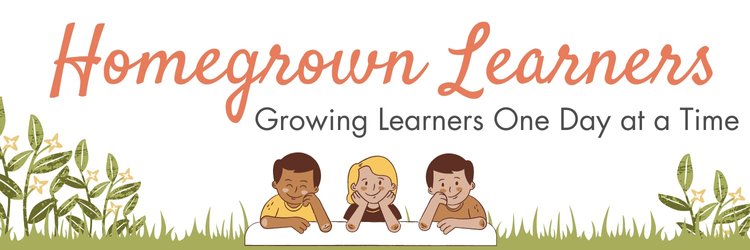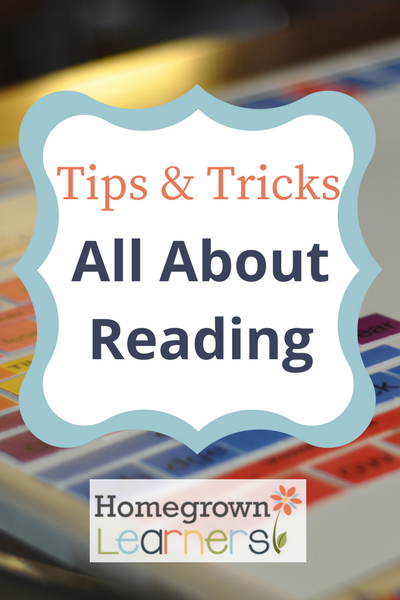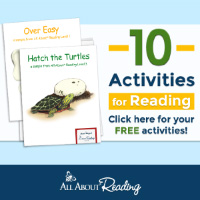I don't know about you, but I wasn't given much information when I was going through puberty.
In fact, I vividly remember thinking that a woman could become pregnant by simply eating a certain combination of foods! (I think this stemmed from seeing "The Pregnancy Diet" in one of my mother's magazines.)
It's been important for me to give my children accurate information about puberty, sex, and all of the things surrounding this pre-teen/teen stage of life -- information that is grounded in Biblical truth and doesn't leave anything out.
It is also important to start EARLY -- I think as early as 8 or 9 -- so that our children don't get curious and go hunting for this information in places that haven't been vetted by their parents!
Now that we've gone through this with both a girl and a boy, there are some favorite resources my husband and I have used to guide our children through this pivotal time in their lives.
These are the resources that have proven helpful in our home. It isn't the ONLY way to teach your children about puberty and sexuality - just what has worked for us. I hope the resources are helpful to you as you guide your sons and daughters on their journey to becoming men and women!
Puberty Resources For Boys & Girls
Having a trusted resource that explains changes in boys and girls has been SO helpful in our house... it helps brothers and sisters understand what is going on with each other. Especially for a little brother, it can explain sometimes why his sister (and mom!) act a bit goofy once a month!
By far, the favorite books we have come across from Trish & Luke Gilkerson. They approach puberty and sexuality in such a straightforward, Biblical manner.
Each lesson in the book we did first (7 Lesson to Introduce Your Children to Biblical Sexuality) is geared for boys AND girls - so if your child is wondering about the opposite sex all of the questions are answered.
Scripture precedes each of the seven lessons, and directly relates to Biblical sexuality.
The other books by the Gilkersons are:
Changes: 7 Biblical Lessons to Make Sense of Puberty
Relationships: 11 Lessons to Give Kids a Greater Understanding of Biblical Sexuality
What I appreciate the most about all of these books is that it gives the parents an introduction, and then each lesson is 100% scripted - and written so that our children are engaged and talking. I wish I had known about these when my daughter was this age!
These books have made it EASY for my husband and me to talk with our son about puberty.
Because, let's face it, sometimes we - THE PARENTS - can be reticent about this subject.
Puberty Resources for Girls
“She who does not make the world better for having lived in it has failed to be all that woman should be.”
When my daughter was very young, we set up date nights in my bedroom, made tea, and read Beautiful Girlhood aloud. This set the stage for changes that would occur in the coming years. This book is sweet and old fashioned, setting forth the ideals of girl and womanhood.
We followed this up with the Companion Guide to Beautiful Girlhood - a more focused and interactive Bible study for the two of us.
The next in the series, Beyond Beautiful Girlhood, is all about keeping a home and womanhood -- not in sexual terms, but in terms of womanhood. VERY good.
Sharing these books are all sweet ways to spend time with our girls and bring them into the fold of what it means to be a beautiful girl - and eventually a woman. It is with great fondness that I look back on these times spent with my daughter.
As my daughter got a bit older she was naturally curious about the changes that were going on in her body. I purchased a couple of the American Girl books for her. We read them together, and I then I gave her the books to keep in her room and read again at her leisure. (I think she read these books DOZENS of times!)
These books are not written from a Biblical perspective, but they do give accurate information that when shared by me, I feel very comfortable using.
The Care and Keeping of You: The Body Book for Younger Girls
The Care and Keeping of You 2: The Body Book for Older Girls
Feelings: The Care and Keeping of Your Emotions
Is This Normal: More Girls' Questions
All of these resources are wonderful, but if they aren't used in conjunction with open dialogue and spending TIME with your girls, they won't be effective.
Puberty Resources for Boys
It's been a blessing for my son to have a father who is willing to spend time with him and talk to him a lot during this time of his life. They have "fire pit chats" where they discuss manly things... but it's also very helpful to have some books on hand to aid the discussions.
If every dad would read Raising a Modern Day Knight, I think our boys would be in great shape to become men. It helps fathers to instruct their sons in Biblical, chivalrous manhood.
I've also loved Bringing Up Boys - given to me as a gift when I found out I was pregnant with my son.
For a read aloud together with your son, try Boyhood and Beyond
Other books that will be good resources for our boys include:
“Sons are looking for the substance of life. As I hope to prove, they hunger for the best things. In the absence of these anchors, sons drift. But when loving dads add these into the manhood mix, their sons flourish. They become noble men, gentle men, men of valor, principled men, knights.”
I hope this list has been helpful.
































